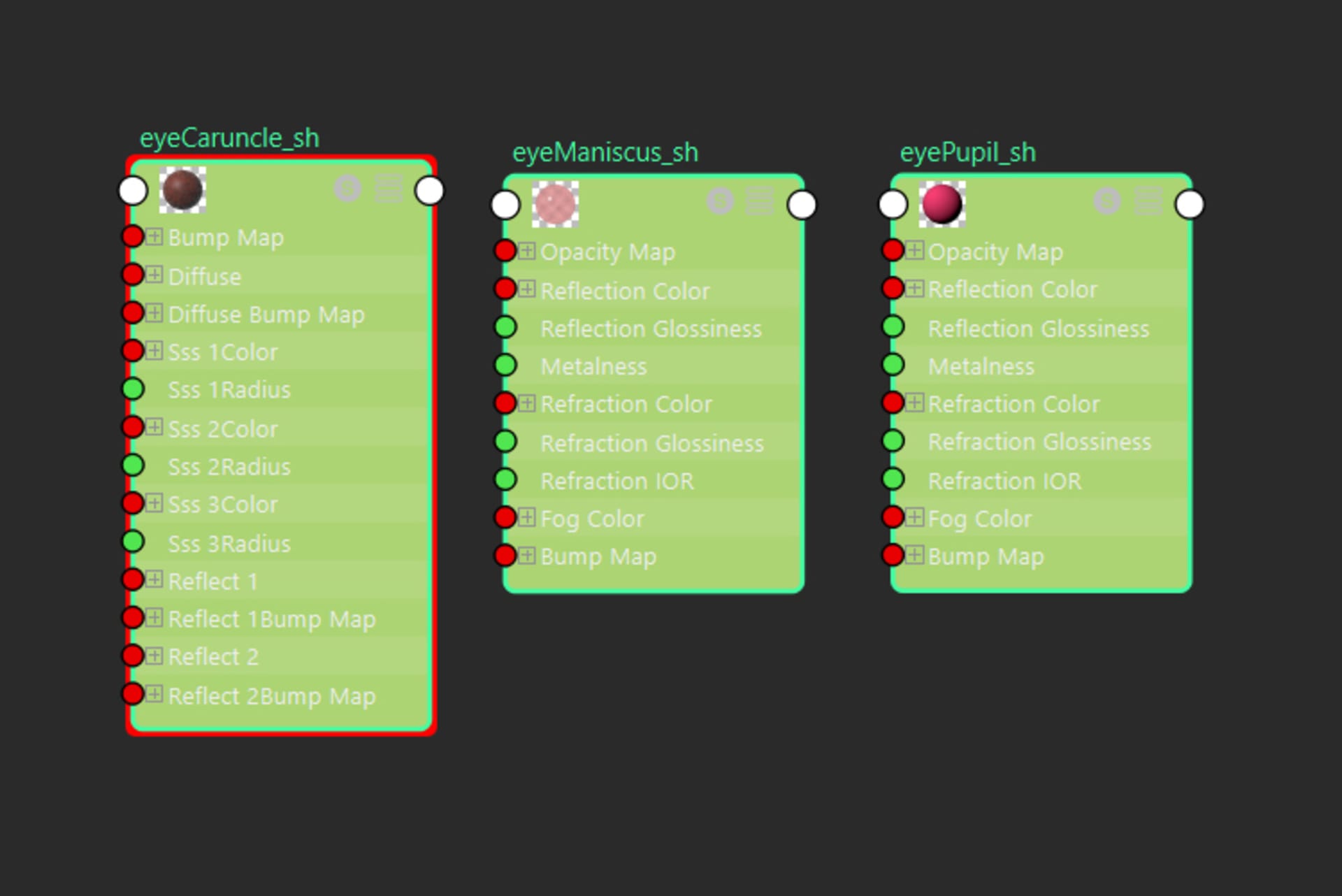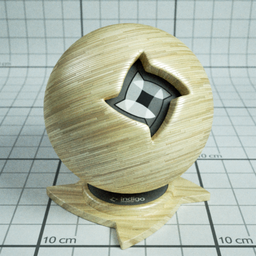

Therefore, the textures we are interested in for the shader are: The normal map for the material also corresponds to this texture, as we don’t need a normal map for the main texture (all the details are in the mesh) In this case, our detail texture is a slightly blemished metal. This is a common technique in games, where we have a “base” texture, which is tiled more times than the main texture (Using a Texture Coordinate Modifier in NL2) to give it more detail when observed up close. The material for this asset is slightly more complex that the previous tutorial, as we have a detail texture included. The metal is currently black, meaning there would be no specularity, but we’ll fix this by modifying the texture within the shading language.
#Crazy bump glossiness full
A PSD for this texture is included in the park package if you want to try doing this yourself, It also has the full UV wireframe. I’ve simply drawn over the decals in medium grey and the UV areas of the chrome in white. In comparison to a Crazybump generated specularity map on the left, our specular map on the right is far simpler. Our blue paint is the lowest specularity, with the chrome handles being the highest. This makes our crate a good candidate for specular mapping.įor our texture, we’ll basically be working with 3 levels of specularity. Instead, specular mapping should be used to represent different physical materials. If you’re simply running your texture through Crazybump and outputting a specular map, you’ve probably not correctly set up your specular colour and glossiness settings. However, I’d personally recommend using specular mapping on as few materials as you can get away with. If you’re a Crazybump user, it’s very easy to generate specular maps for all of your textures.


We can instead achieve these multiple layers of specularity with specular maps, which specify the specular colour for every pixel on the texture. We could get the chrome handle finish by separating the crate into two materials, but this wouldn’t work with the decals. I wanted the grey handles on the side to be a mirrored chrome finish, and I wanted the decals on the faces to a plasticised sticker, with more of a sheen than the paint. However, some areas of the texture don’t quite match what I had in mind. It looks pretty good right now, with the specularity conveying the look of painted metal quite well. Using the guidelines I set in that first tutorial, I have created a basic material for this new crate. SetupĬontinuing the theme of ruining a medieval building, I have littered the nearby area with hazardous materials containers. ( Blog) Note that since writing that, the NL2MAT editor has changed slightly, the shininess box has been changed to a slider named glossiness, however, it still has the same behaviour. I am happy to share my files and images if you are interested - the images are likely not suitable for posting.Before you start this tutorial, I’d recommend taking a look at my first tutorial on specularity. They might even work on G3F, as is, or with minor adjustment. I put TestRender's images in my runtime under general (in a folder with the product name) so I can use my presets on any G8F as a startpoint. My Material Preset of G8FCompleteDroplets works because many of the surfaces have the same names in the associated geografts I was using, the Material Preset worked seamlessly with them as well, mostly. It took some fussing to get all the surfaces selected, and really selected in the surfaces tab, particularly when using geografts. It’s like saving a Shader Preset x the number of surfaces in the material preset. I tried saving a (Partial) Material Preset. It is not quite the same in dealing with the droplets and rivulets because they have surface specific images. You give up a bit of control of the various settings (as suggested in the ReadMe) but you can compare the various images (results) relatively quickly. They work because the image used in the partial shader is UV Map agnostic. They quickly apply levels of glossiness to any selected surface. So I created three (Partial) Shader Presets: G8FBaseGlossiness1, 2 and 3 using TestRenders images and suggested settinbgs. Material presets can be applied only to surfaces with the same name. You can select what surfaces and what properties to save.

Material Preset: Saves the properties of all selected surfaces.


 0 kommentar(er)
0 kommentar(er)
